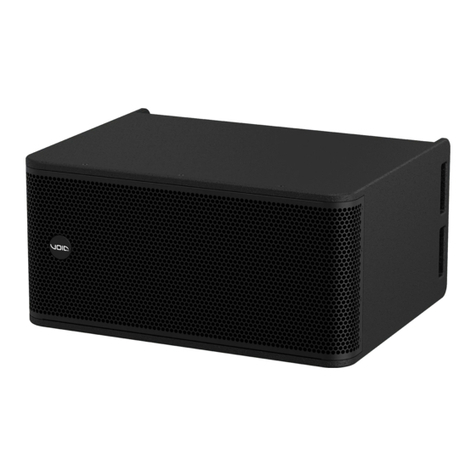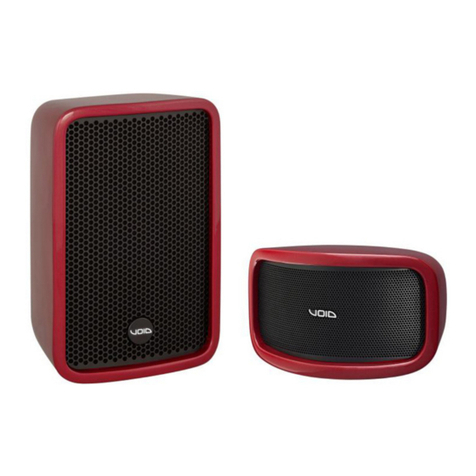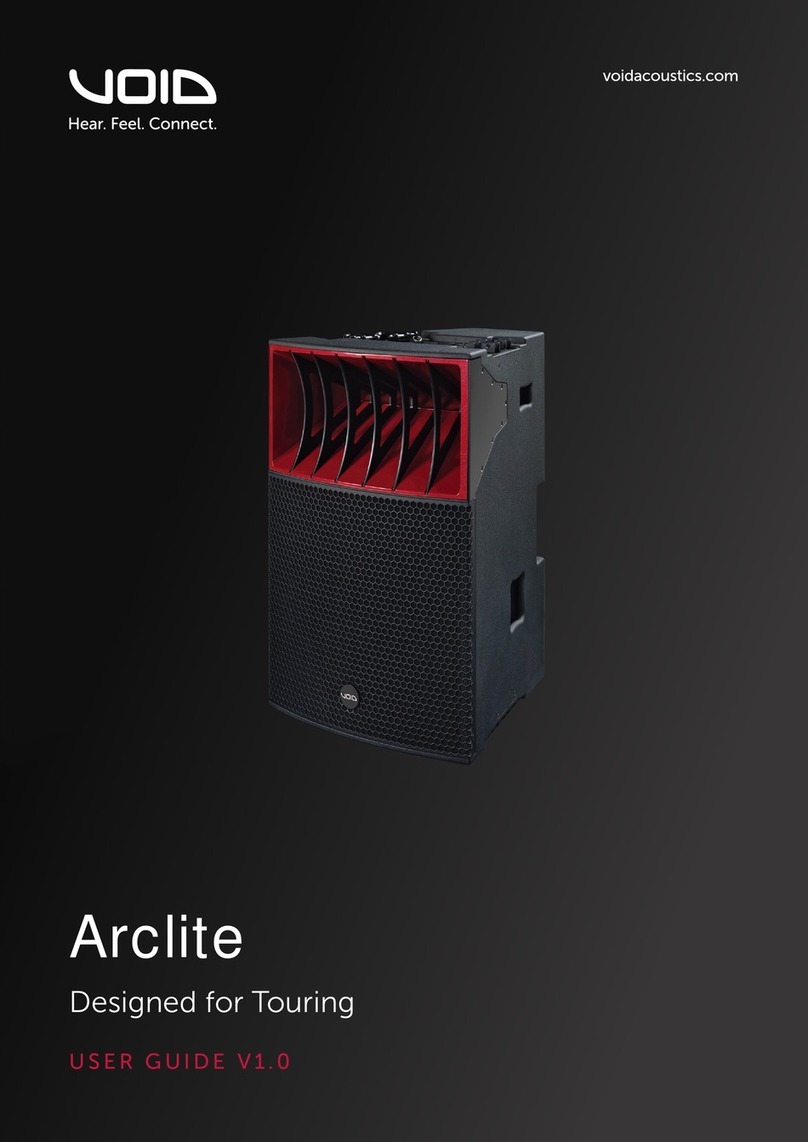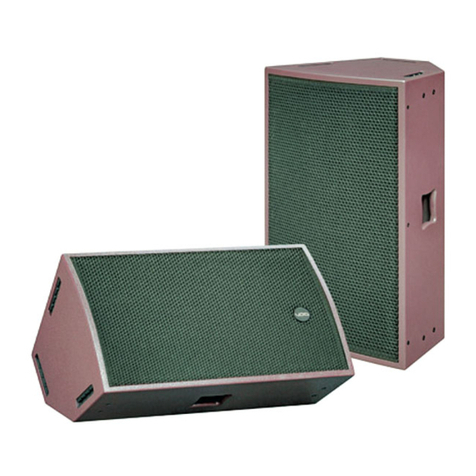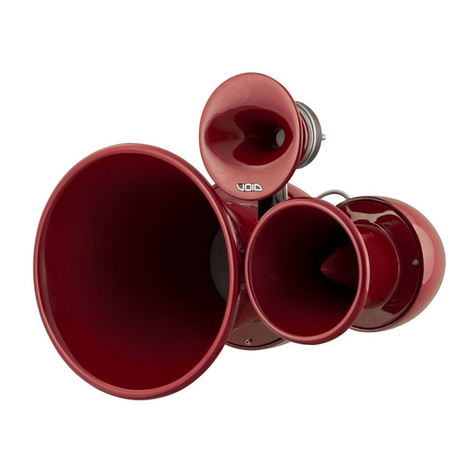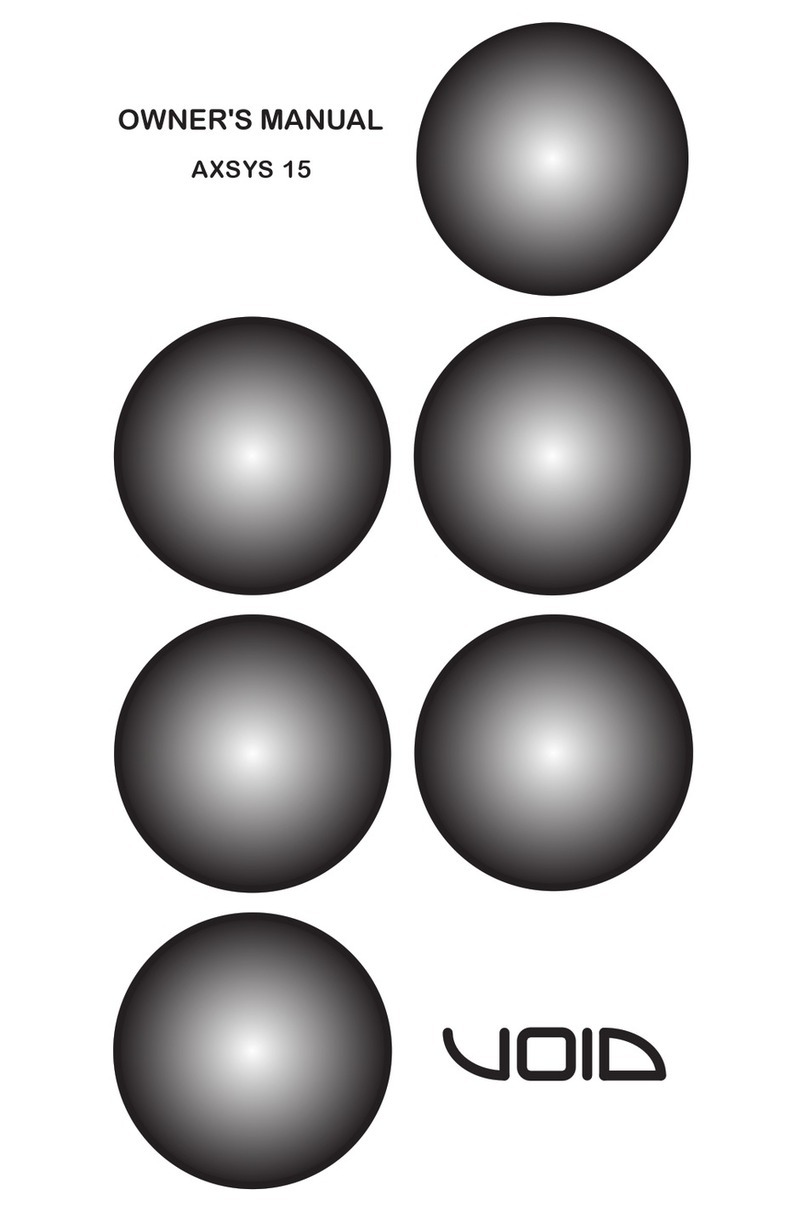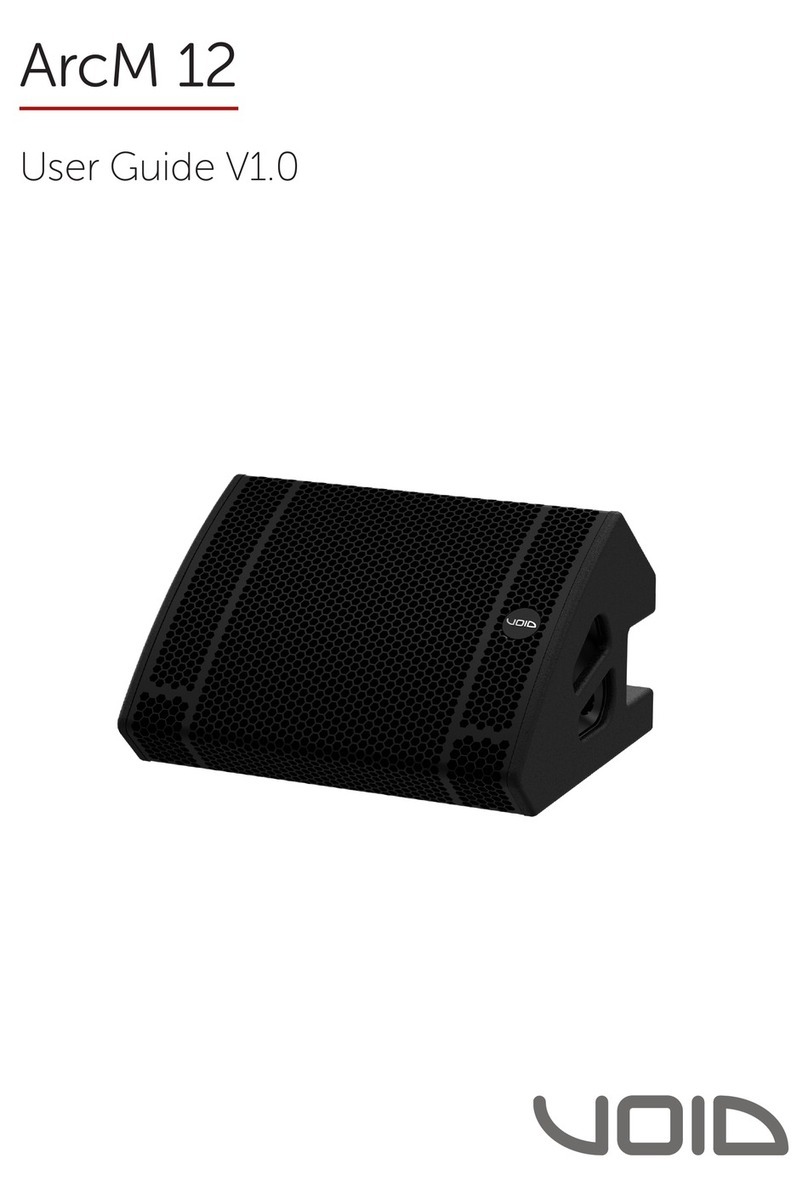
UG10607-2.0 - Bias D1/Q1/Q2 User Guide V2.0
Pilot Tone monitoring
The detection of a mismatch in the input pilot tone parameters
(frequency and voltage level) can be used to trigger the backup policy
and activate an alert through the general purpose output switch.
The output pilot tone detection relies on an external signal passing
through the amplifier or the internal post DSP pilot tone generator;
in both cases any mismatch between the detected signal and the set
thresholds triggers the general purpose output switches.
IP Addressing
Factory default network settings are DHCP/AutoIP.
In order for the amplifier to self-configure when connected to
an existing LAN or PC. Fixed IP policy can also be adopted and
configured through ArmoníaPlus.
If a DHCP server is not active within the network, the amplifier
platform initiates a stateless address auto-configuration (i.e. Zero-
configuration networking methodology– Zeroconf): it self assigns a
local numeric network address (of the type 169.254.x.y – 172.31.*.* for
the secondary network ifpresent– with a subnet mask 255.255.0.0)
and automatically distributes and resolves the host names of the
networking devices.
Both Armonia and the Bias Series amplifier must belong to the same
subnet. If a DHCP server is present on the network and a Bias Series
amplifier is in AUTO IP, networking may become unstable.
As a rule of thumb, turn the DHCP
server on before connecting the amplifiers.
IP addressing of a Bias Series amplifier is established during the
bootstrap: when the amplifier discovers a DHCP server on the
network during the startup, it negotiates the networking parameters.
If the Bias Series amplifier does not reveal a DHCP server on the
network during the startup, it set itself in AUTO IP mode.
Networking
Bias Series amplifiers support star network topology via the Ethernet
port and DanteTM networking via the DanteTM port (where available)
Input selection and Backup Policy
In Dante™ enabled Bias Series amplifiers it is possible to select
among two input signal sources per channel: analog and DanteTM
streams. ArmoníaPlus software provides an interface to select the
input source.
Furthermore Dante™ enabled Bias Series amplifiers implement
a backup policy aimed to improve reliability against signal fault.
By assigning a bus priority to the two dierent input sources per
channel, the system is able to automatically switch to a reliable
input connection in case of signal drop or pilot tone mismatch.
Output Load monitoring
Through the ArmoníaPlus software it is possible to set the
thresholds on the load impedance, at given frequency, that
trigger the general purpose output of any channel in Dante™
enabled Bias Series amplifiers.
ArmoníaPlus
ArmoníaPlus is the default configuring interface that allows
system setting and customization of the Bias Series amplifiers.
Armonía can be installed on a PC running Windows (XPSP3 and
higher).
Download ArmoníaPlus for free from the dedicated website:
https://www.powersoft.com/en/software/armoniaplus/
Bias Series amplifiers are optimized for working with 4Ωoutput loads
but a special configuration allows to connect low loads down to 2Ω.
The 2Ωswitch allows to activate on all output channels set to match
low impedance (i.e. in Lo-Z configuration) an operating condition
that optimizes the performance with very low loads, by limiting the
maximum output voltage to 85Vpeak per channel.
For optimal 2Ωperformance, it is recommended to select LowZ
mode for all the amplifier’s channels.
Note that 2Ωcapabilities are not supported by 4804 models, the dip
switch is therefore marked “USR C”, and its function is reserved.
Lo-Z 2Ω load operation
Any channel of can drive 70V/100V (Hi-Z) distributed line
loudspeakers. In order to connect any channel’s output to
a 70V/100V line, the rear panel DIP switch corresponding to
the channel must be set.
Void recommends to use the built-in HPF (High Pass Filter)
when the amplifier is set to drive a distributed line to prevent
loudspeaker transformer saturation, which can considerably
degrade sound performance. The HPF can be activated by
means of the DIP switch corresponding to the channel, two
cutting frequency are available 35 Hz and 70 Hz.
Hi-Z 70V/100V operations
Output connections are made via the Phoenix PC5/4-STF1-
7,62 177859 port.
Any mixed configuration of low and high impedance output
loads can be made: in order to set the load configuration,
each channel is provided with four DIP switches.
Output connections
The port labelled Ethernet is designed to remotely control the
amplifier via an Ethernet connection through a personal computer
and ArmoníaPlus software.
Void recommend the use of Ethernet Cat5 straight through –
patch – cables with pin/pair assignments TIA/EIA-568-B, i.e. T568B.
Ethernet connection
The self check procedure tests the amplifier status and
reports the user in case of failures.
After few minutes, at the end of the self check procedure, a
combination of lit LED in the LED panel provides information
about the amplifier status.
In order to exit the self check test and resume normal
operations, press once the self check push button 6.
If self check cannot be started because of a fault, the check
LED will blink fast, whilst a reassuring slow blink is an
indication of a completed self check procedure.
Self Check
Bias Series provides a pair of paralleled general purpose output
connections per channel: one Normally Open NO and one
Normally Closed NC.
The connections are available on the back panel via the 6-pin
Phoenix MC 1.5/6-ST-3.81 5447900 connector.
When the amplifier is in normal operating condition the NO contacts
are closed, whilst the NC contacts are open, and vice-versa.
These contacts are used to report potentially dangerous faults or
generally unsafe operation conditions by toggling alarm switches
relative to the following events, and any fault preventing the normal
operation of an output channel:
No AC mains (i.e. system shutdown);
Thermal stress: the system temperature is too high and the thermal
protection is engaged;
Short circuit in output wiring: either the loudspeaker or the line is in
short;
Amplifier is in Standby
Dante™ versions feature further monitoring on pilot tone and output
load trough ArmoníaPlus.
Diagnostics - GPO - Alarms
DanteTM enabled models accepts two or four (model dependant)
input streams from the DanteTM connection through the DanteTM
port. Cabling must comply to TIA/EIA-568-B and adopt the
T568B scheme pinout.
In order to implement a DanteTM network, a computer running
DanteTM Controller should to be used. DanteTM Controller is a
software application that manages devices on the network.
Dante™ enabled Bias amplifiers are automatically discovered
and displayed in DanteTM Controller with the default identifier:
MODELNAME-SERIAL
(e.g. BiasD1-71520).
Digital Audio Input connection




